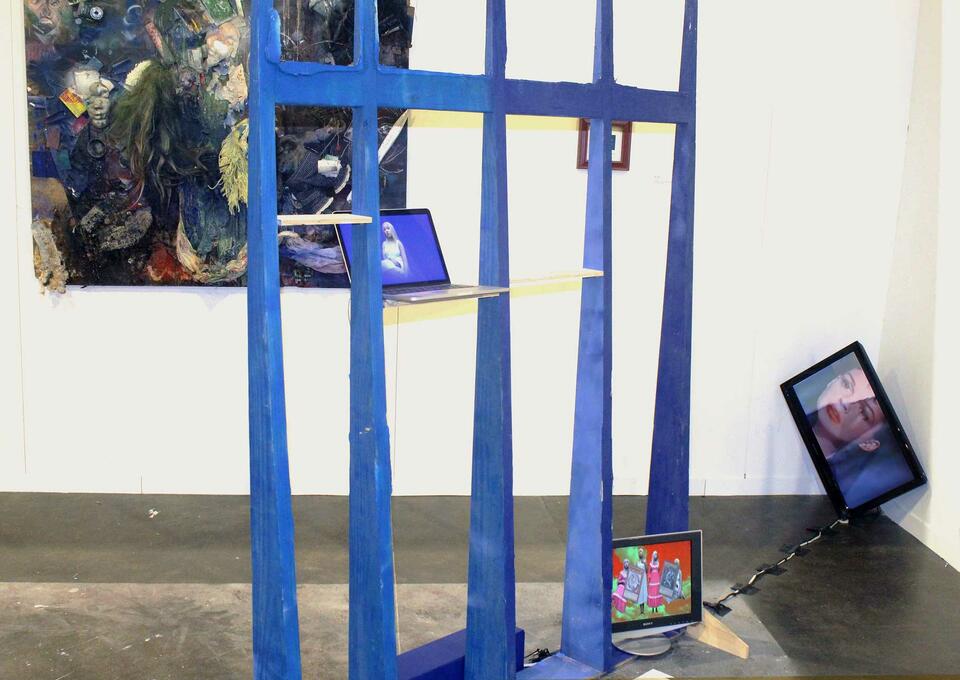Elbert Girón
Industrial Tenderness
Elbert Girón is a weird amorphous mess. His practice includes apparel design, footwear design, furniture design, spatial design, identity design and print. The through line is an exhaustive approach to detail and the impacts of detail, whether it is on the scale of a button, story, or a building. Influenced by the work of Luis Barragan and Virgil Abloh, Giron’s work sits somewhere between assemblage art, minimalism, and 'proper' industrial design. With a great interest in design language and semiotics, Girón often reinterprets objects and motifs from his childhood by abstracting or hyperbolizing certain qualities to create objects that favor emotional function over a cold utility. This often is approached through challenging and transforming industrial materials into warm tender objects.
Industrial Tenderness surveys the relationship between visual language, cultural expression, and diasporic practices through the design of functional sculptures depicting three distinctive memories. These designed objects seek to communicate cultural legibility, or intuitive cultural belonging, to Mexican-American peoples by challenging legacy notions of design language. Through a proposed design language framework and designed objects, Industrial Tenderness seeks to affirm the pluriversal design practice of ornamentation.
Image
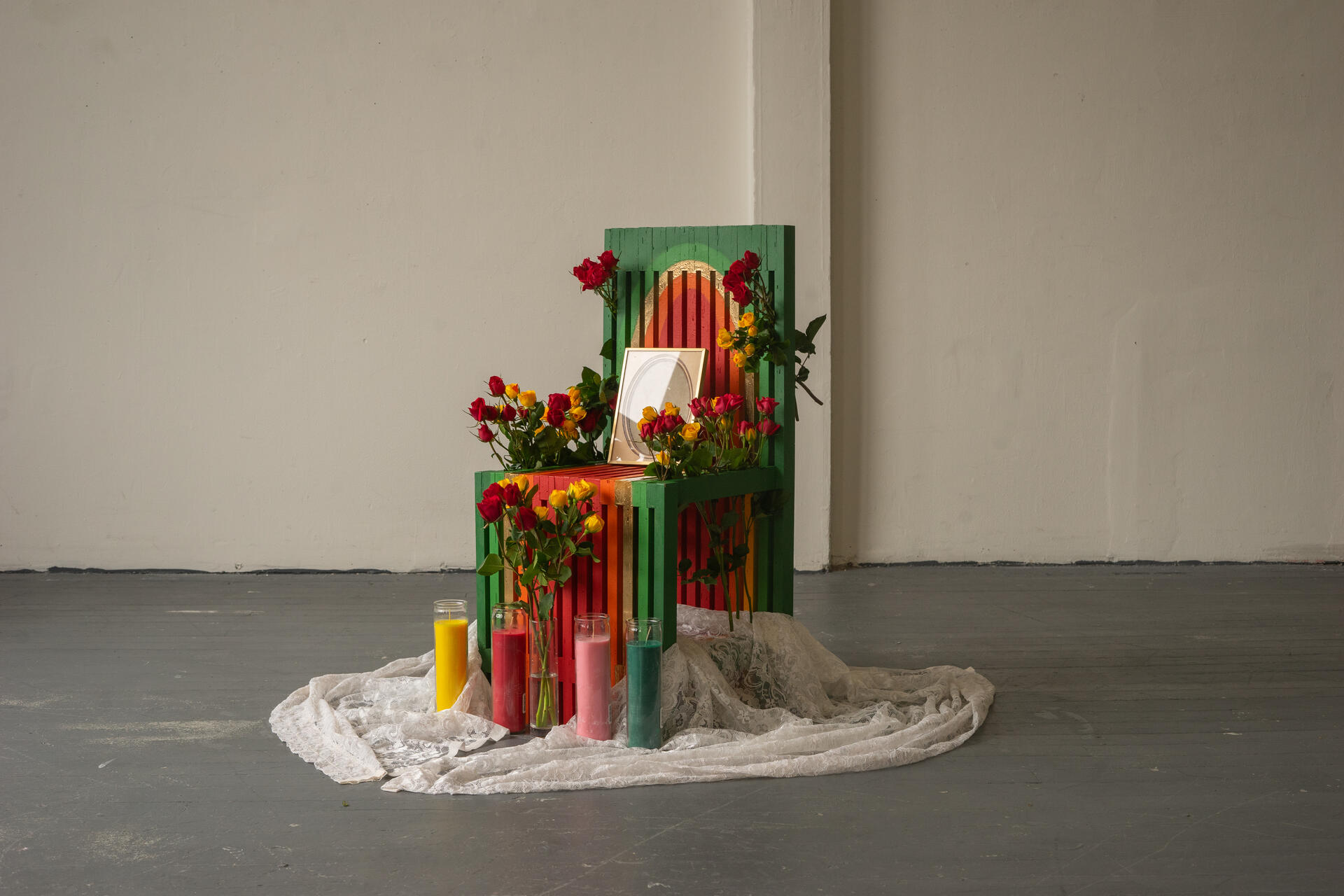
The Flores chair staged with contextual objects referencing altars and vigils.
Legacy industrial design confines design language to a heavily prescriptive canon, resulting in a stark monocultural language that is unrepresentative of perspectives outside of a legacy dominant white eurocentricity founded in thinking from the Bauhaus and Ulm schools. Through ethnographic research, studio talks, introspection, and making, the pluriversal design practice of ornamentation has been identified as a way of cultural signaling and challenging design homogeneity. These learnings have informed functional sculptures that blend American industrial materials and form languages with Mexican ornamentation practices. This blending of visual languages seeks to affirm the liminal hybridity of Mexican-American material culture as notably distinct.
Image
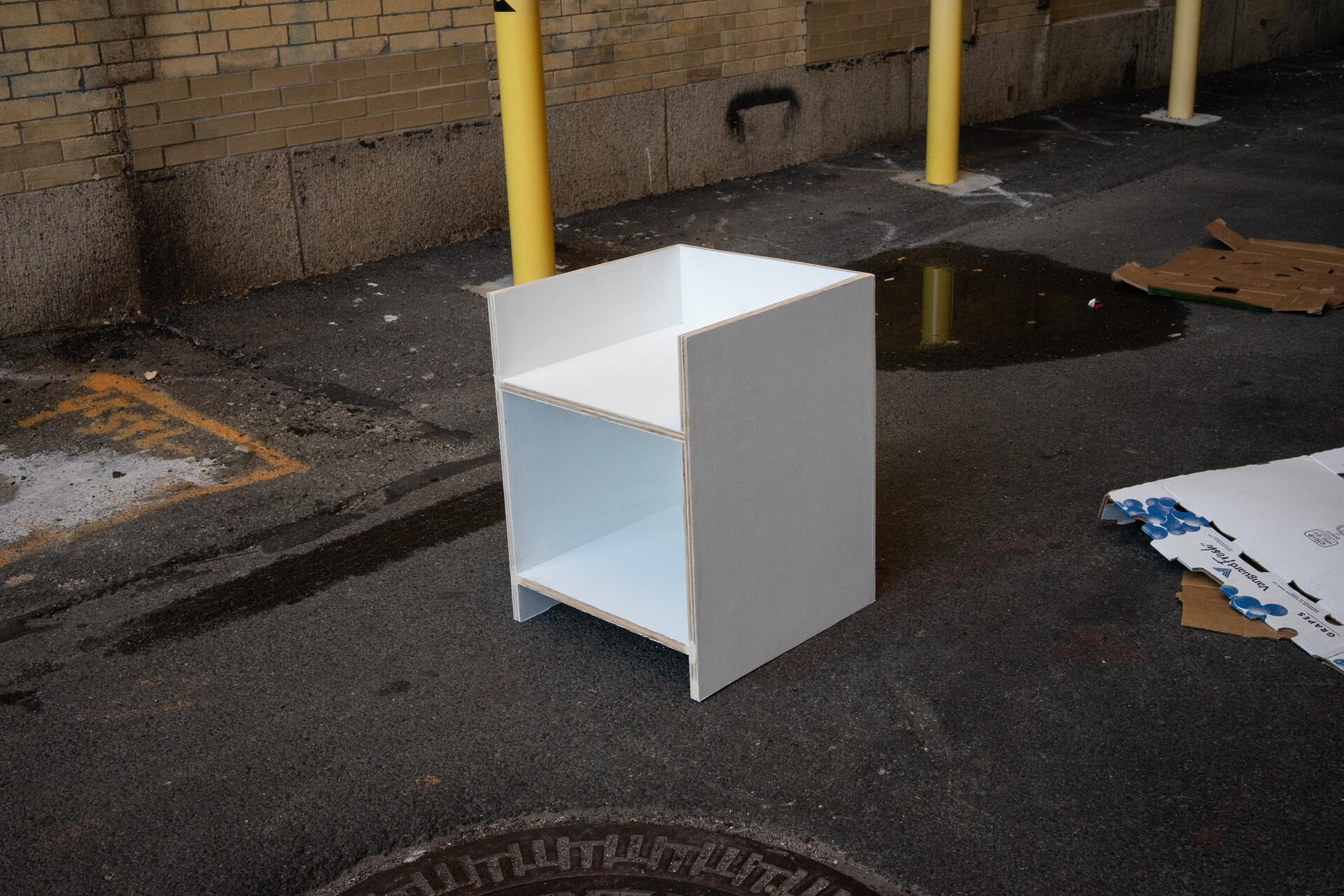
The making process starts with making a canvas, or harsh industrial object, highlighting the cold form languages that have become the monocultural design language of the American industrial design.
This research uses terms and thinking from the field of linguistics to construct a more apt framework for a cultural design lexicon. This framework considers how semiotics, semantics, syntax, and localization can offer a richer approach to considering design language and cultural contexts. This body of research is laid out into sections titled Expression, Abstraction, Canvases, Ornamentation, and Unspecific Memories, which explores the design theory and processes that informed the design of the functional sculptures. It is through this publication and set of designed objects that Industrial Tenderness affirms the strength of Mexican-American pluriversal design language in opposition to assimilation.
Image
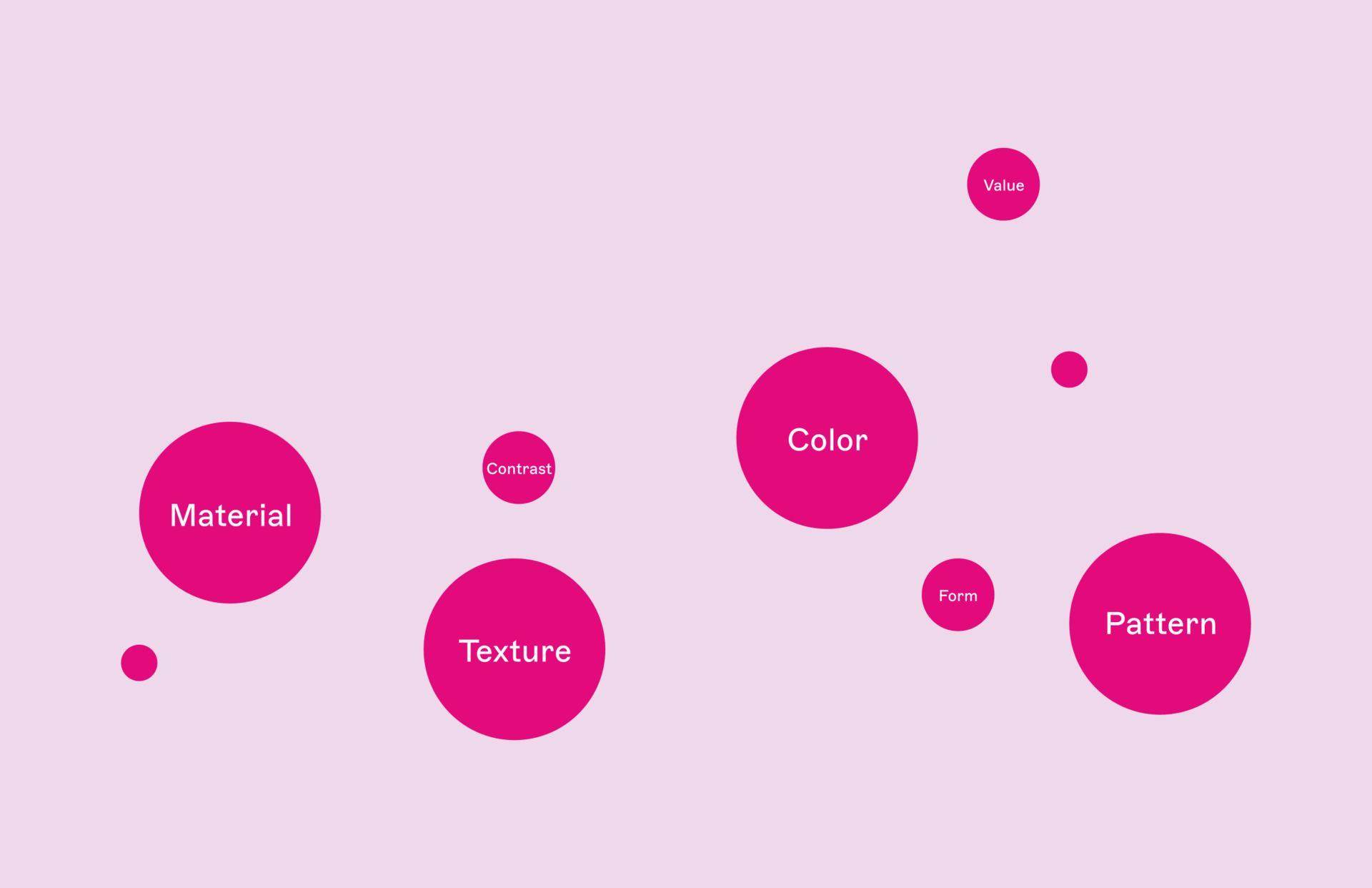
Expanding on the concept of design semiotics, design semantics, syntax, and localization articulate meaning-making in objects especially for cultures that are underrepresented in design. Semantics considers visual elements, syntax considers function and context, and localization focuses on regionalisms and cultural nuance.
I call the three vignettes I am communicating Unspecific Memories. Objects have room for interpretation, both through understanding and misunderstanding. Objects do not possess a concrete prescribed meaning as they sit in a variable dialogue with the people that engage with them. Within these Unspecific Memories, I have chosen three distinct vignette’s meant to engage with memories of the Mexican-American experience at different levels of specificity. The Niñez chair evokes memories of childhood and the rituals around birthdays, which can be vaguely understood by a broader audience beyond just the Mexican-American community. The Pilas chair is hyper specific in its reference to agricultural labor on the West Coast and even more precisely the picking of berries in the Pacific Northwest. The Flores chair is based on the aesthetics of the Virgen de Guadalupe, a universal icon adopted into, and heavily present in, broader Mexican visual culture.
Image
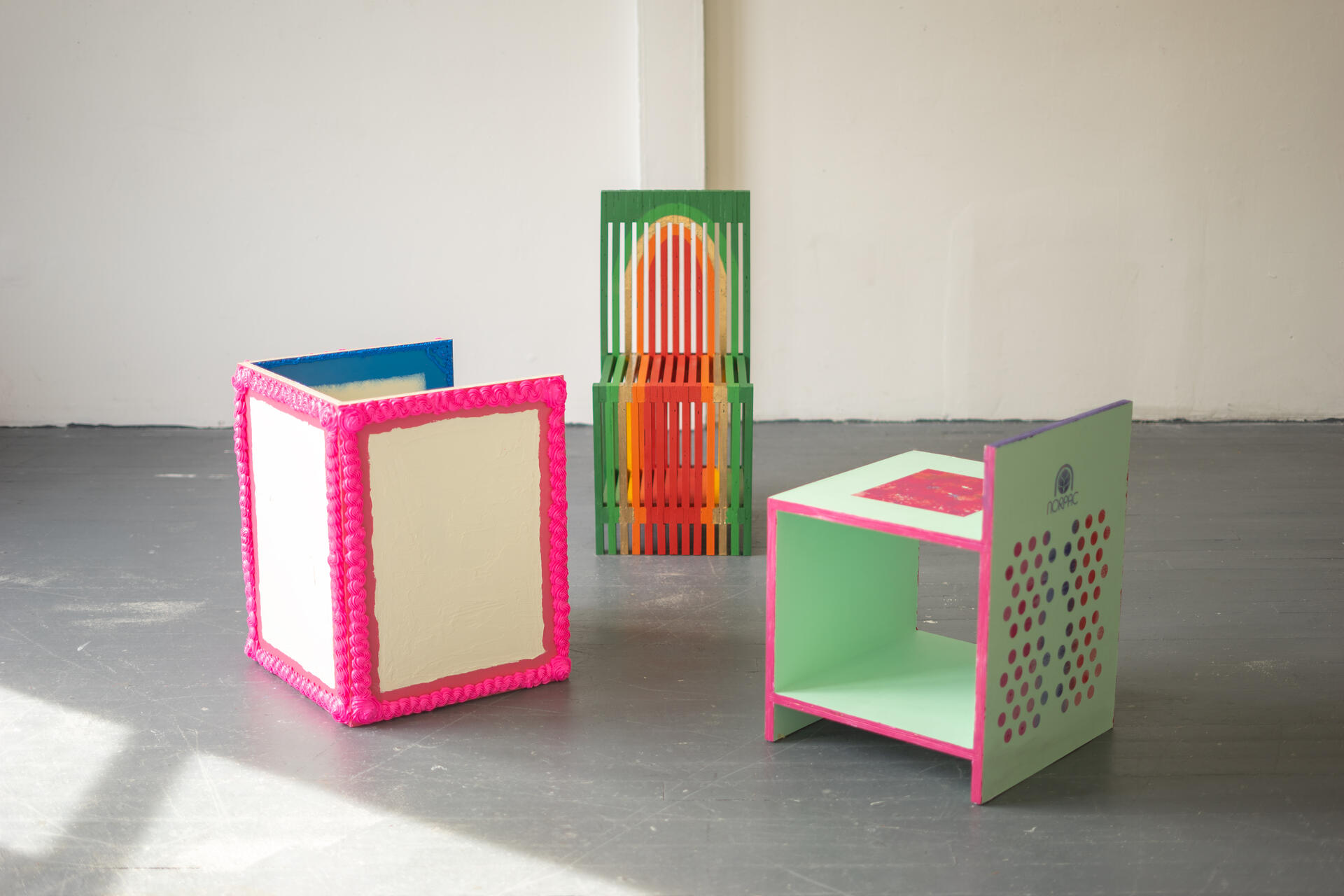
The three Unspecific Memories: Niñez (based around the visual language around Mexican-American childhood birthday parties), Pilas (based around labor and work ethic in migrant farmwork), and Flores (based on the language around vigils, altars, and mourning).
This chair was designed as an abstraction of several American chair designs, notably Frank Lloyd Wright’s Arm Chair designed for the Francis W. Little home, Charles Pollock’s 657 chair for Knoll, and Florence Knoll’s Lounge Chair. These forms make up an archetypical American chair, serving as a referential foundation to add ornamentation on. Sticking to construction materials reflective of the American built environment, the chair canvas is constructed of birch plywood and covered in white primer with the exception of the edge grain. The ornamentation for this chair is directly influenced by the cake frosting in the above picture with its rhythmic floral forms, pastel gradients, and soft cream textures. Using a style of impasto painting heavily inspired by the work of Yvette Mayorga, the frosting is made up of heavy body acrylic paint and extra heavy gel medium. Ornamented with cake consultant Anna Glass.
Image
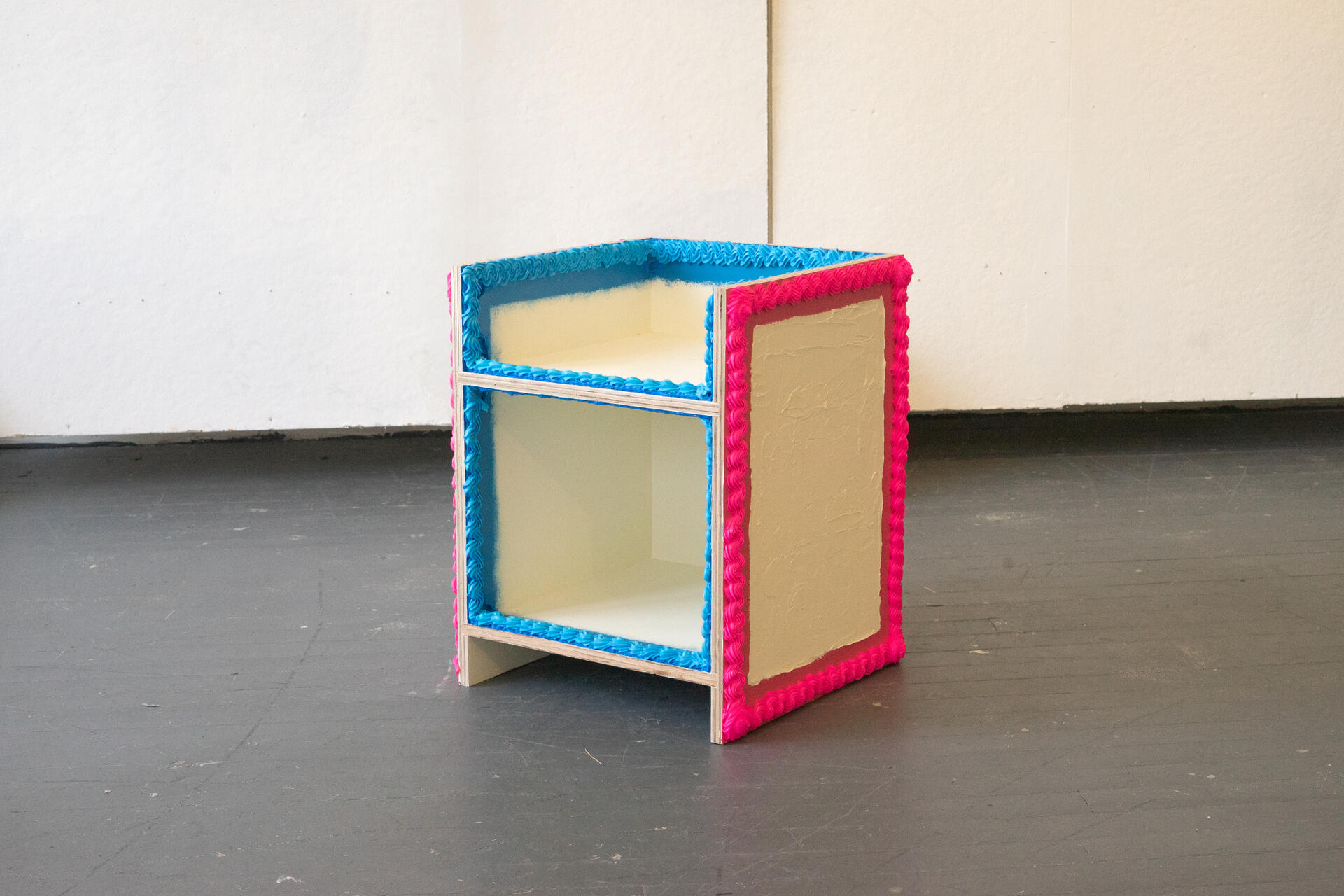
The Niñez Chair
This chair is designed in reference to Donald Judd’s 84 Chair series which are reduced forms of other iconic chairs such as Frank Lloyd Wright’s Side Chair. Judd’s own minimalist practice is an expression of the cultural design archetypes that influenced him, which is a language I view as a white American expression of the archetypal chair. Pilas is constructed from birch plywood and painted with a base of house paint. Being focused on Mexican-American labor, the chair references the aesthetics of la pizca, or fruit picking. The ornamentation reference is the imprint that agricultural labor has on the laborer, in this case being the deep berry juice stains in the skin that come from working in berry fields. Using silkscreen printing methods and hand-mixed specialty inks, these stains are present through overlaid dimensional graphics in patterns referencing filled berry pallets and crop fields.
Image
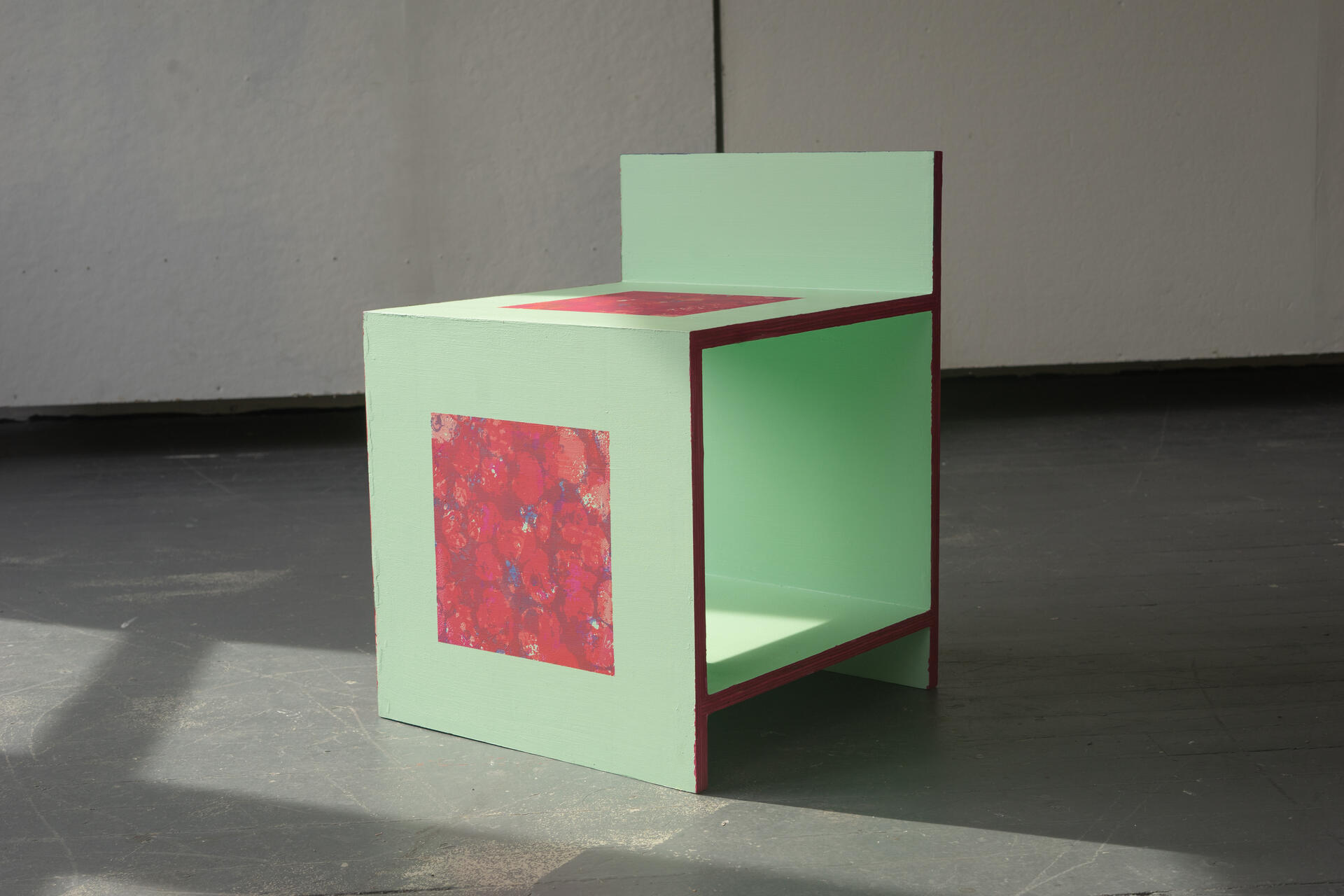
The Pilas Chair
The Flores chair references Donald Judd’s 84 chair, George Nelson’s Platform Bench, and Frank Lloyd Wright’s Side Chair. It is constructed from strips of birch plywood coated in white primer. The slats carry a resemblance of the visual language imposed by the Trump administration in their demonization of Mexican immigrants. The construction process is reminiscent of weaving in that interlocking pieces of wood nestle within each other to provide strength and size. The spray paint ornamentation is in reference to memoriam murals that honor loved ones that have passed. The colors and abstracted form borrow from the Mexican icon La Virgen de Guadalupe, who is heavily present in the visual language of mourning and an icon adopted from Catholicism. The colors are also found in flowers, votive candles, cards, and altars.
Image
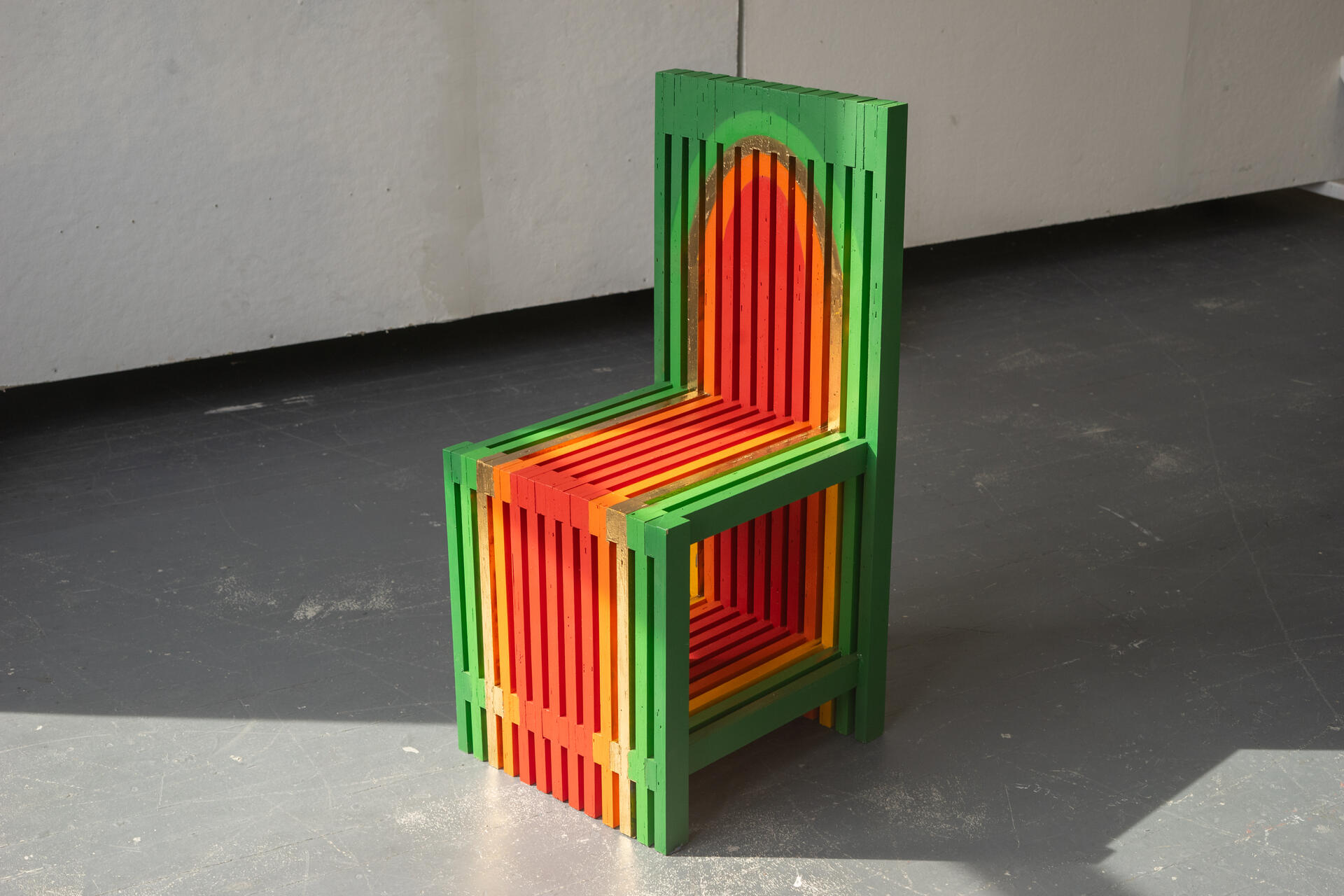
The Flores Chair
EXHIBITION IMAGES
